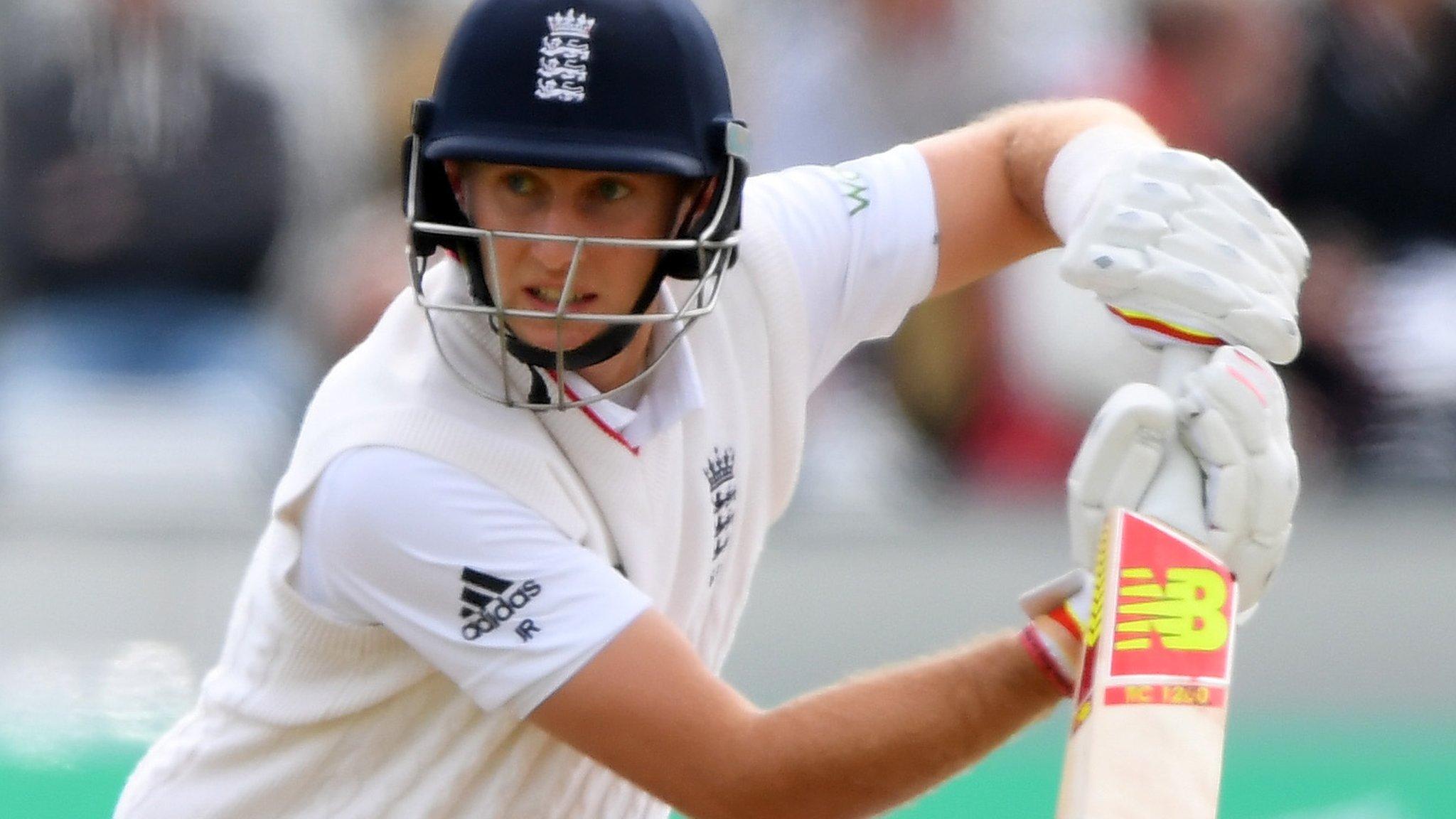2016 US Open: Oakmont ready to provide ultimate test
- Published
- comments
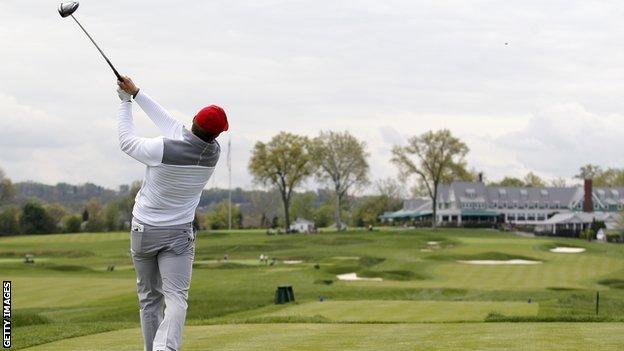
Jordan Spieth, the youngest US Open champion since Bobby Jones in 1923, will defend his title at exacting Oakmont
2016 US Open |
|---|
Venue: Oakmont Country Club, Pennsylvania Dates: 16-19 June |
Coverage: Listen live on BBC Radio 5 live sports extra from 22:00 BST and follow live text on the BBC Sport website from 13:00 BST on Thursday. |
Championship golf is never more exacting than in the US Open and when it is staged at Oakmont Country Club the test is usually the hardest of all.
The world's best players know this week's showdown, on the outskirts of Pittsburgh, will provide the most rigorous examination of their games and their mental strength.
So it is a supreme irony that Oakmont yielded the first 63 in a major championship, when Johnny Miller surged from six strokes behind to win the 1973 US Open.
He was assisted by uncharacteristically soft greens, (a greenkeeper accidentally left sprinklers on overnight) but it is still, arguably, the greatest round ever played.
What the club's founder, Henry Clay Fownes, would have made of such scoring is difficult to fathom. He always wanted Oakmont to play as hard as the iron he produced in making the fortune that financed the course.
Certainly Miller's extraordinary feat dramatically bucked the trend at the Pennsylvania layout. Success on the course - a rolling, open layout - is usually about patiently grinding out pars rather than scorching birdie blitzes.
The last time the US Open was staged there in 2007, Britain's Nick Dougherty held the first-round lead with a two-under-par 68 that depended on him taking just 11 putts on the back nine.
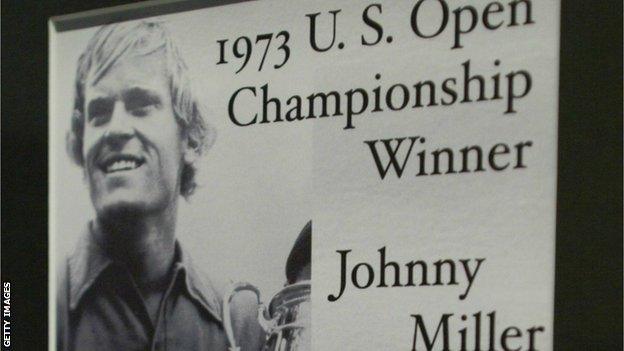
Johnny Miller's sensational iron play led to his 63 at Oakmont in 1973, a score that has yet to be beaten in a major
Angel Cabrera was the eventual champion, finishing five over par, as he held off Tiger Woods and Jim Furyk to win the first of his two major titles.
Woods played brilliantly in the third round, hitting 13 of 14 fairways and 17 out of 18 greens in regulation, yet was still only one under par for his round.
The former world number one suggested Oakmont was unique because there was no let up, no straightforward shots. "On this golf course there are none, and no easy birdies," he said.
"Most golf courses you play, you're going to pick up a cheap birdie here and there."
Oakmont is steeped in history and since it was founded in 1903 has had various incarnations.
There was a vanity project that introduced around 15,000 trees after esteemed golf writer Herbert Warren Wind described it as "an ugly old brute" in 1962.
But they were gone by 2007, removing a parkland feel and recreating a more exposed environment. The fairways are narrow, the rough thick and, weather permitting, the undulating and slick greens will be granite hard.
There are 210 bunkers, averaging nearly 12 per hole. They include the famous "church pews" to the left of the 3rd and right of the 4th fairways. Measuring 100 yards in length it has a dozen strips of unruly grass running horizontally across the hazard.
The par-three eighth stretches to around 300 yards on the 7,219-yard par-70 course.
"You've got to drive the ball in the fairway," Woods observed. "And if you hit the ball below the hole which (ordinarily) is going to be short of the hole, you're going to have easy putts most of the day.

During the final round in 2007, Angel Cabrera shot a one-under 69 to become the first Argentinian to win the US Open
"But here all the greens fall in different directions and to try and get it below the hole, generally you're going to end up running off the green, so you're going to have cross-green putts, downhill, triple breakers."
Woods' prolonged absence, as he recovers from his back surgery last August, means the 14-times major champion is not in the field this week.
His long-time rival Phil Mickelson is competing though, seeking the one major to elude him.
The six-times runner up is playing in his 26th US Open and tuned up nicely with a runner-up finish in Memphis last week.
After two practice rounds last week he said: "I really think it is the hardest golf course we have ever played."
Every component will be tested; driving, approach play, chipping and putting. So which of the world's top players will it suit best?
The PGA Tour's statistical gurus believe their "strokes gained" figures provide the best gauge. These numbers show how golfers compare with each other in different aspects of the game.
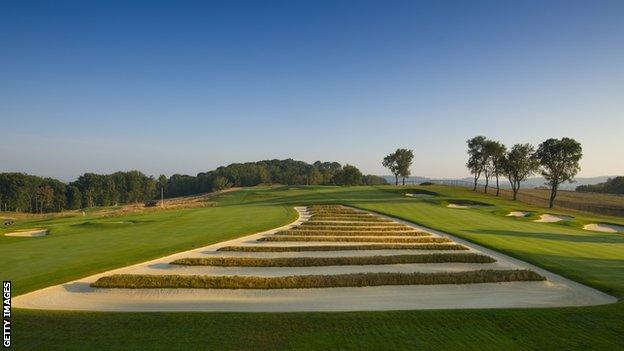
The famous Church Pews bunker is one of many obstacles at fearsome Oakmont
Defending champion Jordan Spieth is the only player to figure in the top 10 of three of the four key categories this season. He ranks ninth in driving, top in the 'around the green' stat and sixth in putting.
However Spieth is a lowly 106th in approach play and at a course where finding not just the green but the correct part of the putting surface is so important, that may prove a telling weakness.
Australian Jason Day is the leading putter but ranks 44th in driving. If he has an accurate week from the tee, using his driver sparingly, the world number one is very well equipped to claim his fourth win of the year.
Leading the way with the driver is Rory McIlroy, who is also an impressive eighth in the short-game stats. But the Northern Irishman is 122nd in putting despite a much-improved display with the short stick in his last outing at The Memorial Tournament.
McIlroy will also need plenty of patience and cannot afford the unforced errors that have undermined him too frequently this year.
Driving accuracy will be the key for Mickelson (111th) because he is otherwise immaculate - 10th in approach play, 12th around the greens and third on them.
Rickie Fowler statistically is the most impressive across the four key categories. Driving (sixth) is his greatest strength while putting - a perfectly respectable 34th - is his biggest relative weakness.

The course at Oakmont will provide a tough test for the world's top three-ranked golfers
Dustin Johnson's poor chipping and temperament in the most prestigious events undermine his chances of landing a first major. It was a year ago that he three-putted the last from short range at Chambers Bay to hand victory to Spieth.
Meanwhile, Masters champion Danny Willett and 2013 US Open winner Justin Rose (bad back permitting) are perhaps the most likely to prosper among the 12 Englishmen in the field.
Also among the dozen is Paul Casey, who shot a second-round 66 - the lowest score of the week - the last time the US Open was played at Oakmont.
"The best round of golf I've ever played," he said at the time. It was one of only eight sub-par rounds in the championship.
Casey is currently the world number 24 and cannot be ruled out. Indeed, the US Open frequently yields champions from outside the very top of the rankings.
It is often the case that the more penal the set-up, the more random are the winners. Cabrera was 41st in the world when he won in 2007, Lucas Glover was 71st at Bethpage a year later and Graeme McDowell 37th at Pebble Beach in 2010.
Indeed, it will be the player who maintains the mental fortitude to hold together their game and emerge last man standing against the relentless pressure of this brute of a course who will lift the trophy.
And unless the elements conspire to seriously soften Oakmont, don't expect them to card a 63 along the way.
- Published14 June 2016
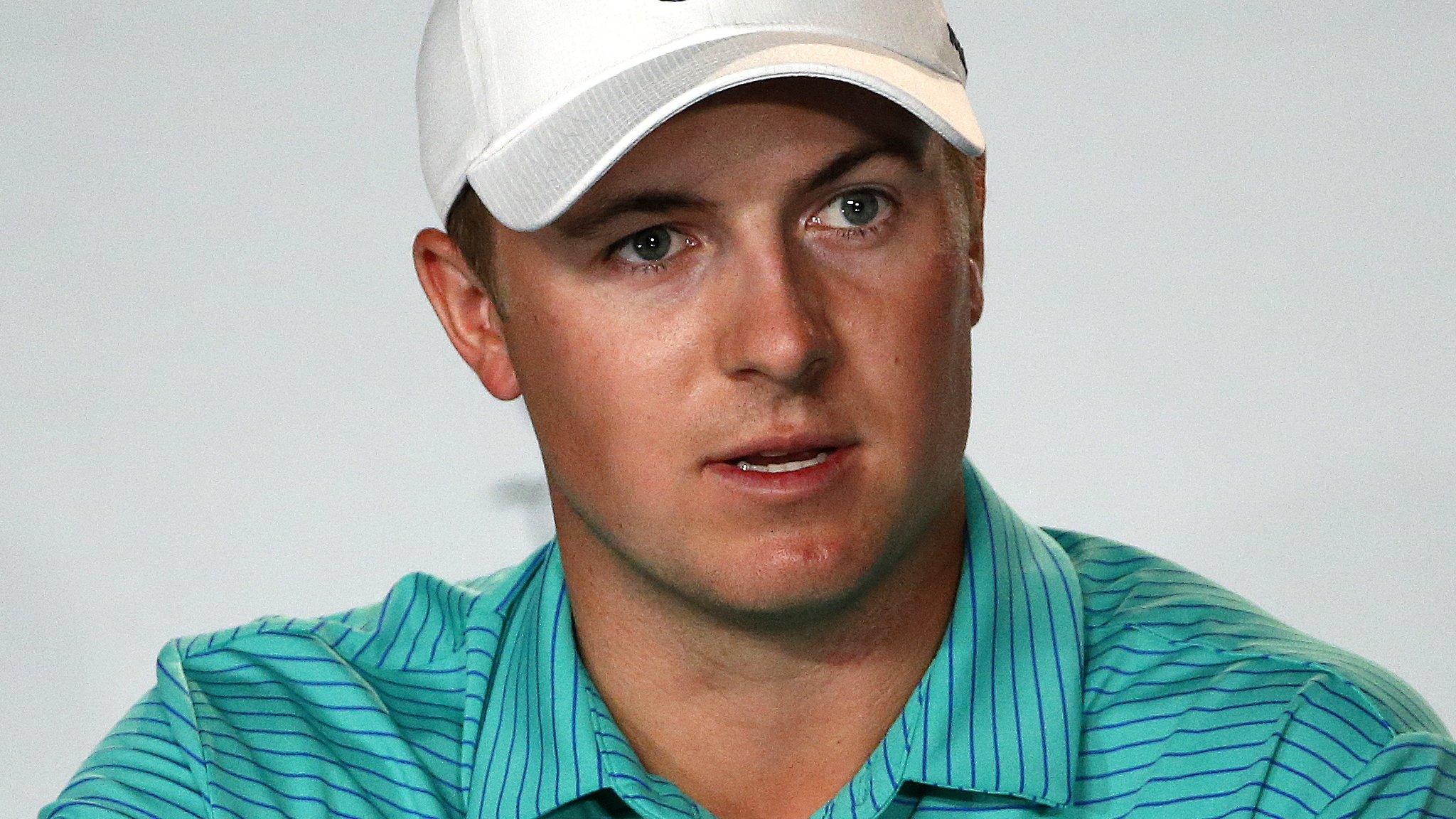
- Published13 June 2016
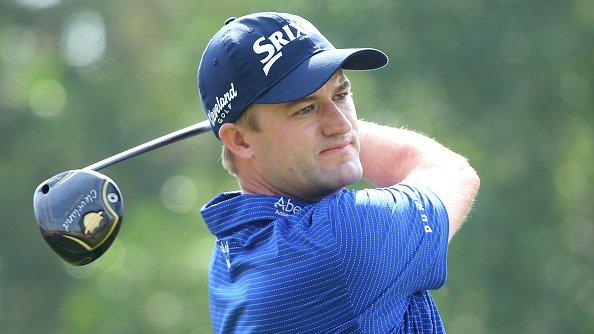
- Published28 September 2018
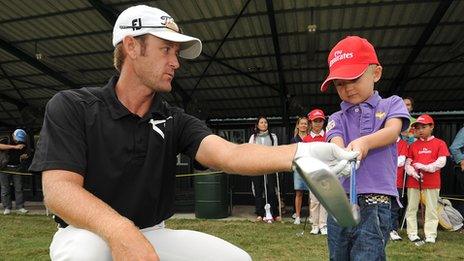
- Published19 July 2016
